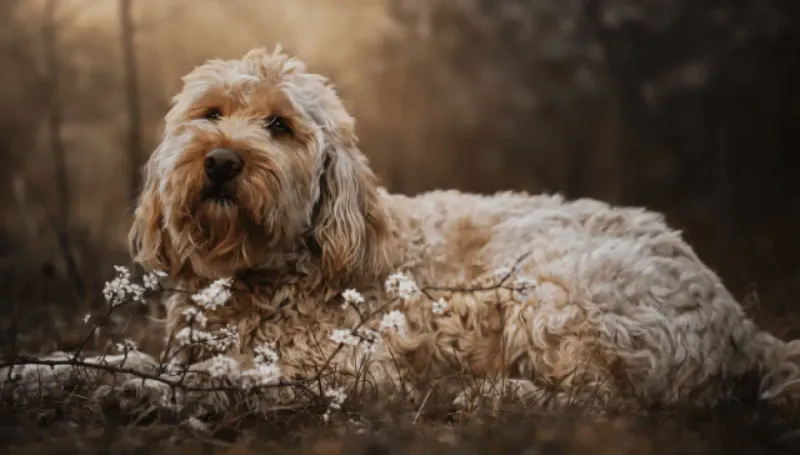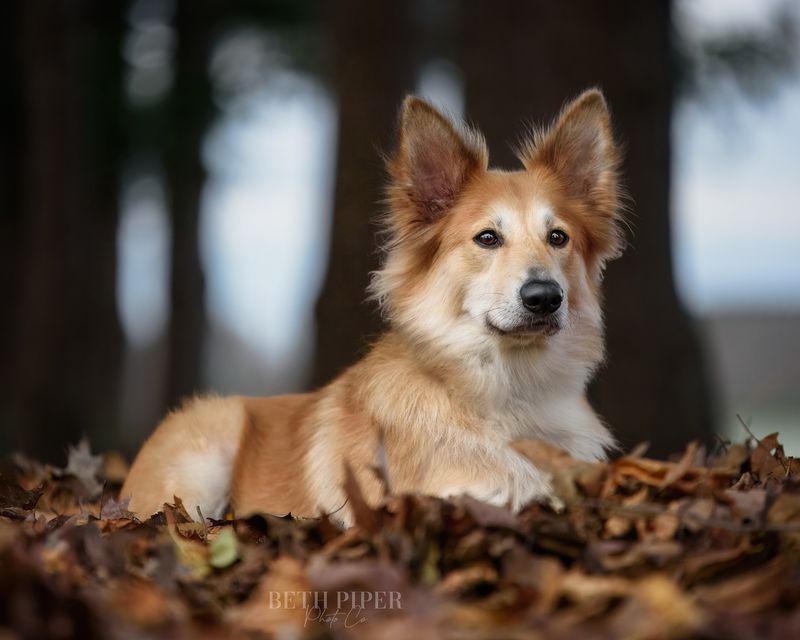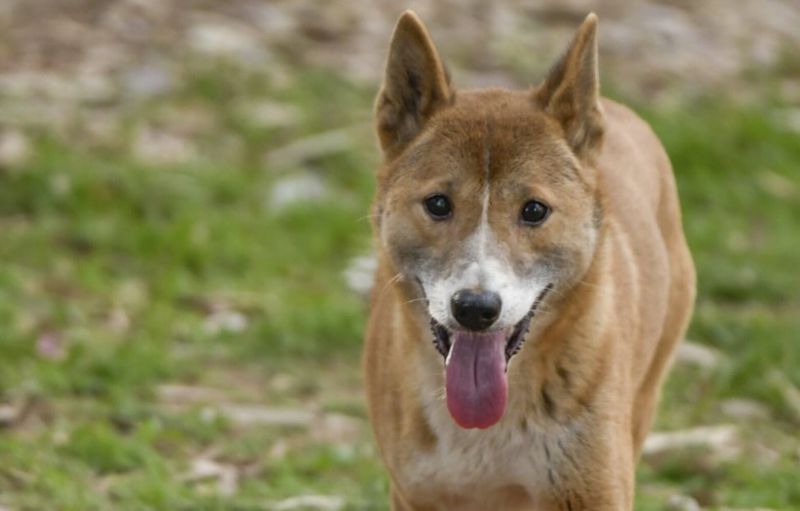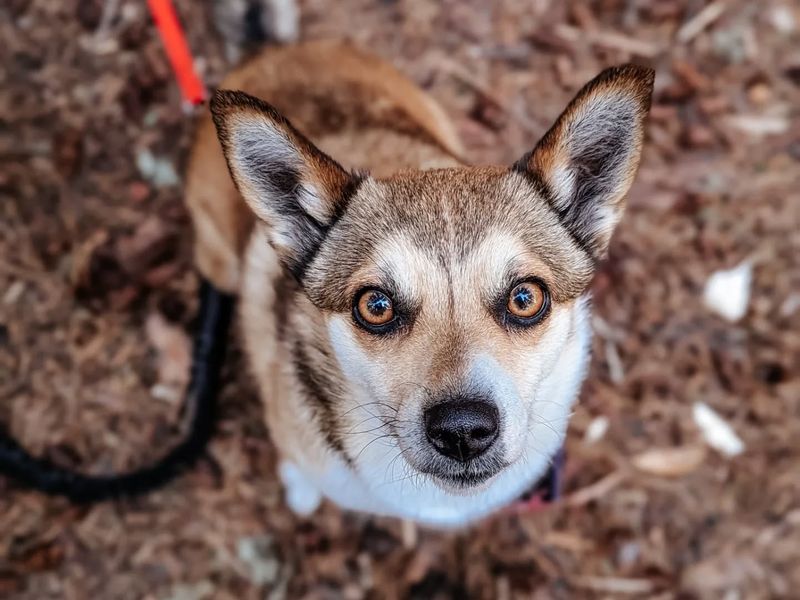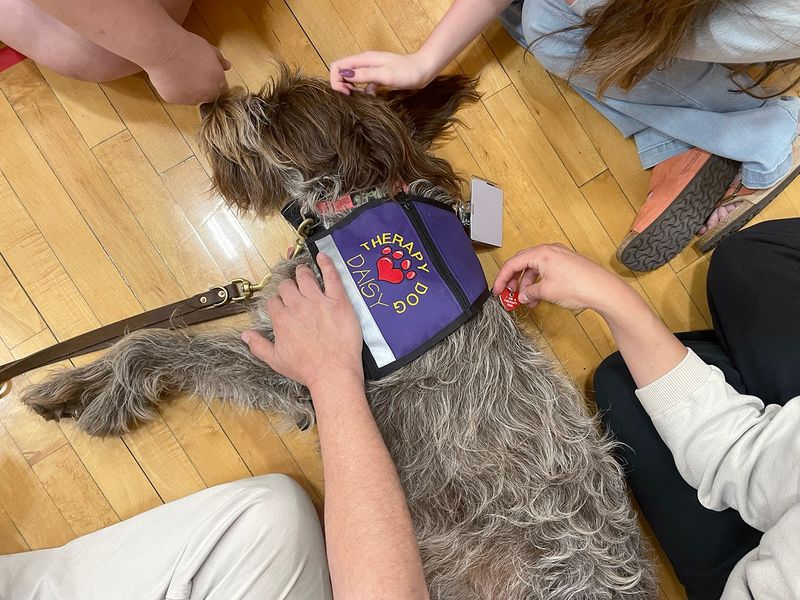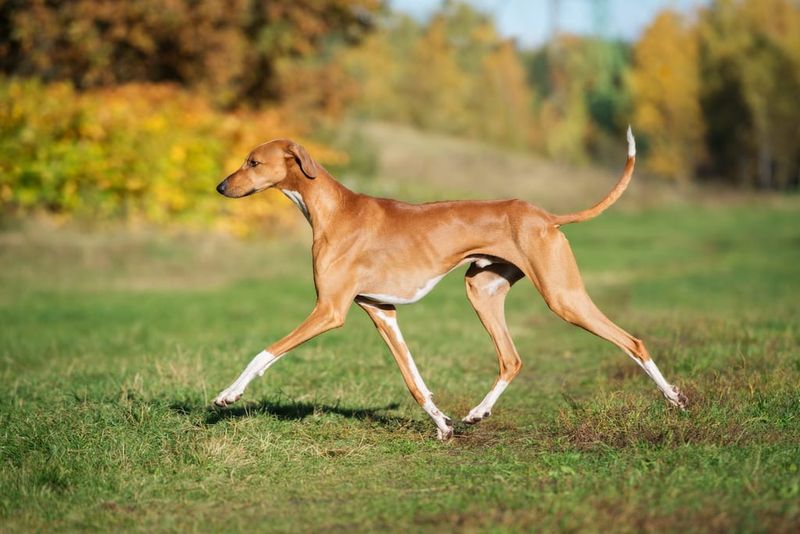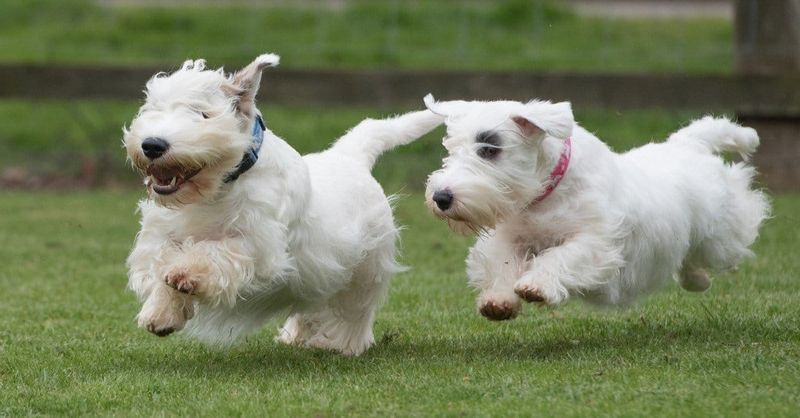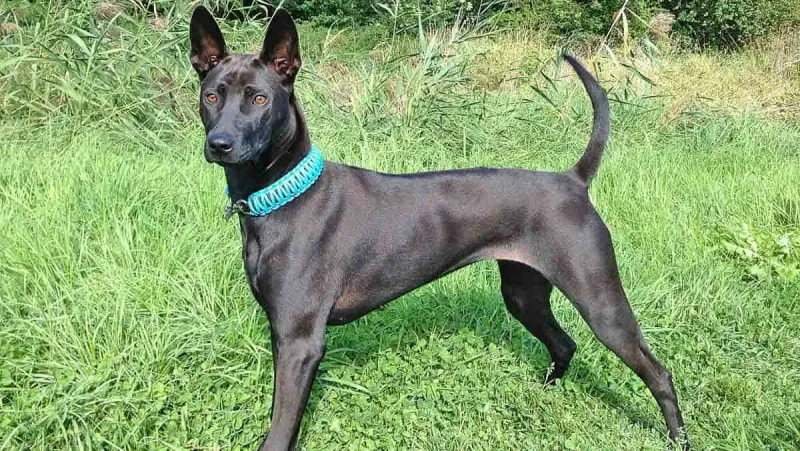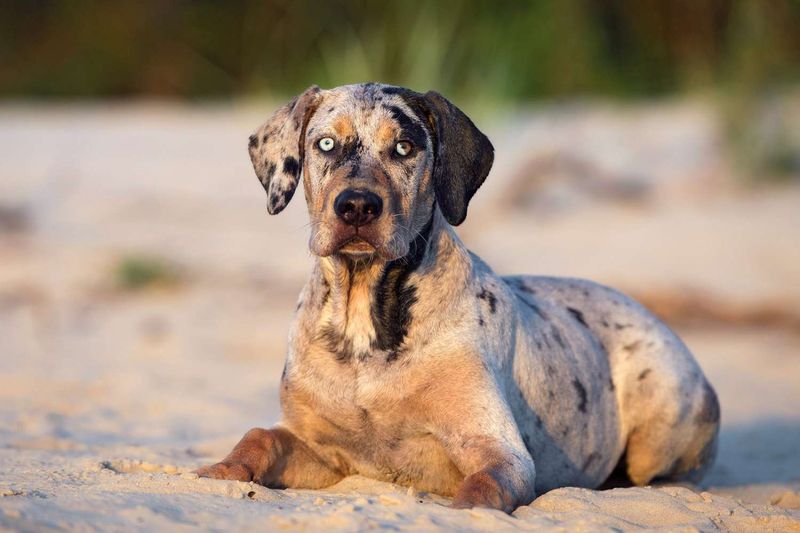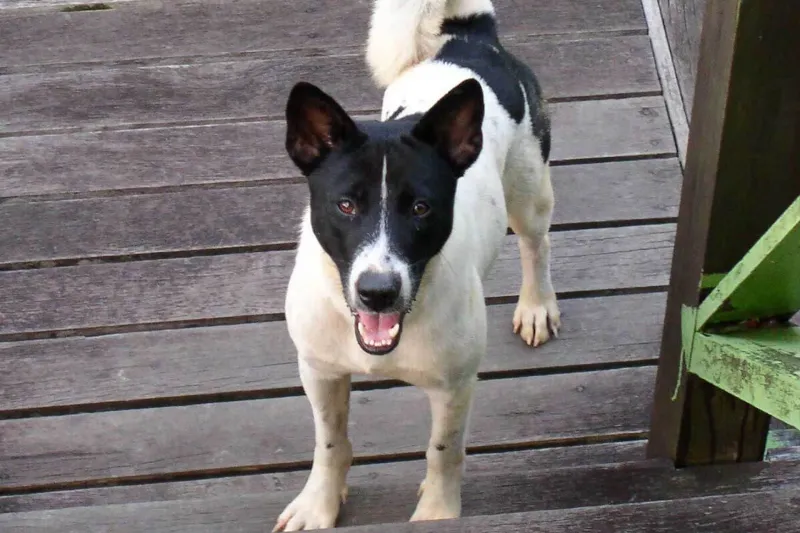In the vast world of canines, not all breeds enjoy the safety of thriving populations. Many find themselves staring into the abyss of extinction. These eleven dog species, each with its own unique charm and historical significance, teeter on this precarious edge. As we explore each breed, we uncover not just their beauty and rarity, but also the urgent need for conservation efforts. Join us on this journey, where we meet some of the rarest canine companions and learn about their fight for survival in an ever-changing world.
Otterhound
With a nose almost as legendary as its ancestors, the Otterhound is a rare gem among hounds. Originating from medieval England, this breed was prized for its exceptional ability to hunt otters. Despite its fascinating history, the Otterhound’s numbers have dwindled drastically. Today, only a few hundred remain worldwide. Their quirky appearance, characterized by a shaggy coat and soulful eyes, makes them endearing to dog lovers. However, their rarity poses a challenge to conservationists. Efforts are underway to increase their population, but the journey is arduous and requires global cooperation.
Chinook
Born in New Hampshire, the Chinook is a sled dog with a legacy of strength and loyalty. This breed played a vital role in arctic explorations, showcasing its endurance and reliability. Though once a celebrated working dog, the Chinook now faces a decline in numbers. Its gentle demeanor and unwavering loyalty make it a cherished companion, but not enough families know of its plight. Conservationists are striving to raise awareness and revive interest in this remarkable breed, hoping to restore its numbers to a sustainable level.
New Guinea Singing Dog
Not just a dog, the New Guinea Singing Dog is a symphony in fur. Known for its distinctive howl, reminiscent of a song, this breed hails from the remote mountains of New Guinea. Its lineage dates back thousands of years, making it a living relic of canine evolution. Sadly, habitat loss and human encroachment have severely threatened its existence. Conservationists are captivated by its unique vocalizations and are determined to protect its dwindling population, ensuring future generations can hear its enchanting song.
Norwegian Lundehund
With six toes and an uncanny agility, the Norwegian Lundehund is a marvel of evolution. Originally bred to hunt puffins along Norway’s coastal cliffs, it possesses flexibility unmatched by any other breed. Unfortunately, the decline of puffin hunting and genetic bottlenecks have pushed this breed towards extinction. Enthusiasts and breeders are working tirelessly to preserve its legacy. Despite its challenges, the Lundehund’s unique traits continue to capture the fascination of dog lovers worldwide.
Dandie Dinmont Terrier
Charming yet robust, the Dandie Dinmont Terrier boasts a personality as distinct as its appearance. Originating from the Scottish borders, this breed is recognized by its “topknot” of hair. Once a favorite among hunters for its tenacity, the Dandie Dinmont now finds itself on the brink of fading into history. Its affectionate nature and playful spirit endear it to families, but its numbers remain worryingly low. Efforts to promote and preserve this breed are crucial for its survival.
Azawakh
In the vast expanses of the African Sahel, the Azawakh has long been a companion to nomadic tribes. Renowned for its speed and elegance, this breed is adept at hunting and guarding. Its slender frame belies a tenacious spirit, yet its existence is precarious. With changing lifestyles and reduced breeding, the Azawakh’s numbers are diminishing. Preservation efforts focus on maintaining its cultural significance and genetic diversity, ensuring it remains a symbol of elegance and endurance.
Sealyham Terrier
Once the darling of Hollywood’s elite, the Sealyham Terrier is now a rare sight. Originating from Wales, this breed was celebrated for its bold personality and exceptional hunting skills. Despite its past popularity, the Sealyham’s numbers have dwindled alarmingly. Breeders and enthusiasts are rallying to bring this vivacious breed back into the limelight. Their efforts include promoting the Sealyham’s unique qualities and suitability as a family pet, hoping to secure its future.
Thai Ridgeback
Known for its distinctive ridge of hair along its back, the Thai Ridgeback is both a guardian and a friend. With origins tracing back to Thailand, this breed has served as a loyal protector for centuries. Its strong-willed nature and keen instincts make it a formidable presence. However, urbanization and a lack of awareness have placed it in jeopardy. Conservationists aim to highlight the Thai Ridgeback’s unique attributes, fostering appreciation and support for its preservation.
Catahoula Leopard Dog
The Catahoula Leopard Dog, with its mesmerizing merle coat, is a true American original. Originating from Louisiana, it was bred for hunting and herding, known for its intelligence and versatility. Despite its capabilities, the breed is not widely recognized, leading to dwindling numbers. Advocates emphasize its adaptability and skill, encouraging a resurgence in interest. By raising awareness, they hope to secure a future where the Catahoula continues to thrive in its native land.
Telomian
The Telomian, a rare breed native to Malaysia, is an agile climber with a rich heritage. Originally developed by indigenous people for hunting, its unique skills are suited to the dense rainforest. Despite its fascinating origins, the Telomian is virtually unknown outside its homeland. Efforts to study and preserve this breed focus on understanding its historical importance and promoting its distinct characteristics. Conservationists are working to ensure its story and lineage continue to be told.
Karelian Bear Dog
Hailing from Finland, the Karelian Bear Dog is a fearless hunter, used traditionally for tracking large game. Its striking black-and-white coat is as characteristic as its courage. While it remains a valued working dog in some regions, its numbers are declining elsewhere. Conservationists and enthusiasts are keen to maintain its role in hunting and its cultural significance. Through dedicated breeding programs, they aim to preserve the Karelian Bear Dog’s legacy for future generations.

